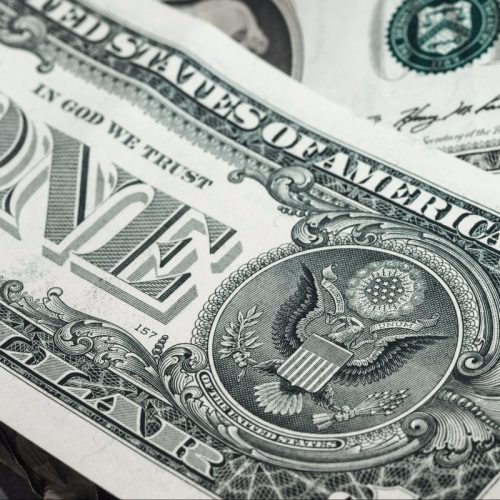
Bank of America (BAC) Under the Spotlight: Buy or Sell in the Face of Inflation Concerns?
By: admin
In the aftermath of three regional banking collapses earlier this year, the U.S. banking sector has wrestled amid dwindling deposits with customers seeking higher yields, escalated deposit costs, low loan growth, and shrinking profit margins. However, the industry showcased a degree of stability.
This semblance of recovery emerged as the Federal Reserve raised the benchmark interest rates to the peak in over two decades, a trend anticipated to reverse in the upcoming year. Typically, increased interest rates produce gains for banks through elevated net interest income.
Nevertheless, the U.S. banking sector persists in hemorrhaging deposits. Deposits have declined for the fifth consecutive quarter ending June 30, 2023. During the second quarter alone, FDIC-insured banks witnessed a nearly $100 billion drop in deposits.
Furthermore, the industry’s net income saw a $9 billion reduction to $70.80 billion in the second quarter, and the average net interest margin shrank by three basis points to 3.28%.
The perceived stability was also questioned merely two weeks after Moody’s decided to downgrade the credit ratings of 10 mid-sized and smaller banks. Adding to the unease, bond rating agency Fitch has issued warnings, and subsequently, S&P Global Ratings cut the ratings of five American banks and put an extra two on alert, given the increasingly complex high-interest rate business climate.
Such a succession of downgrades from credit rating agencies could make obtaining loans more complex and costly for borrowers. Shares of the nation’s second-largest bank, Bank of America Corporation (BAC), suffered along with other bank stocks after Fitch’s warnings.
The Current Scenario
BAC has reported an increased number of its customers struggling with credit card payments, acknowledging that its credit card sector’s performance lags behind expectations. Rising charge-off rates delineate this underperformance.
In the second quarter of 2023, the bank saw consumer net charge-offs hit $869 million, up from $571 million from the prior year quarter. Concurrently, provisions for losses remained steady at $1.1 billion.
A surge in the net charge-off rate and the delinquency rate of BAC’s BA Master Credit Card Trust II were noted in August. Nevertheless, these rates are still below those recorded before 2019.
The net charge-off rate for the trust was 2.13% in August, up from 1.89% in July but significantly less than the 2.49% registered in August 2019. Likewise, BAC’s delinquency rate escalated to 1.26% in August, slightly higher than July’s figure of 1.24% but keeping under the 2019 benchmark of 1.57%. While these elevated rates might indicate stable consumer conditions, some may perceive them more pessimistically.
BAC’s principal receivables outstanding were valued at $13.8 billion in August, suggesting a nominal shift in lending activity relative to the preceding month. Until recently, consumers were predominantly focused on clearing their credit card and other loan debts. However, current macroeconomic instabilities might put this trend into reverse.
The Real Picture
U.S. consumers have demonstrated robust financial activity throughout this year, with persistent spending expected to catalyze a third-quarter GDP growth of up to 3.5%. Harnessing the ability of credit cards and buy-now-pay-later (BNPL) services, consumers continue to shop. Despite various cost-saving efforts, current consumption patterns still surpass the average consumer’s affordability.
Bank charge-offs and write-offs maintained a steady level until a shift occurred in…
Continue reading at INO.com
